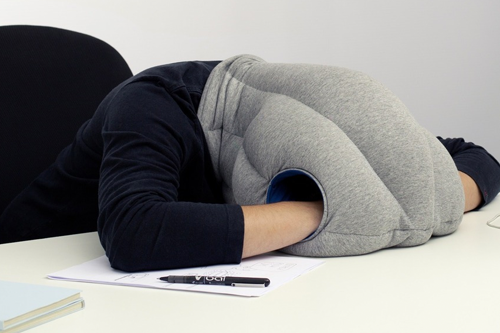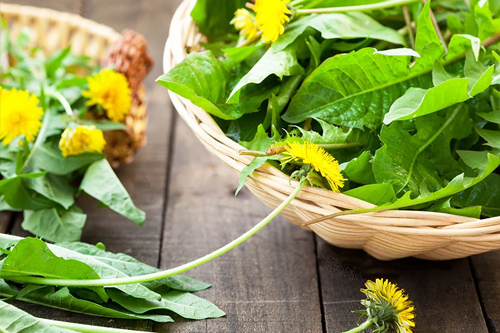Hey there, health enthusiasts! If you’re on the hunt for a drink that’s not just refreshing but also packs a detox punch, look no further than the mysterious and magical concoction known as charcoal lemonade. Yep, you heard that right – charcoal. Lemonade. Let’s unlock the detoxifying and energizing wizardry that this dark elixir brings…
 August 27, 2018
Nerd
No comments exist
August 27, 2018
Nerd
No comments exist








